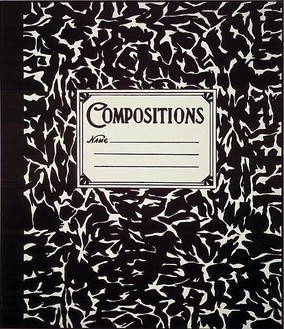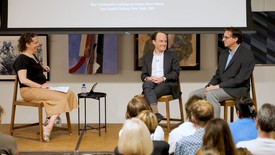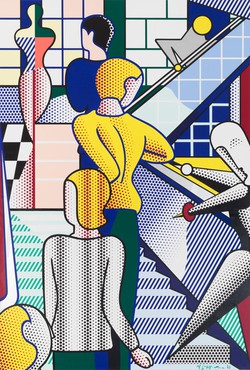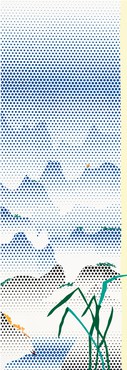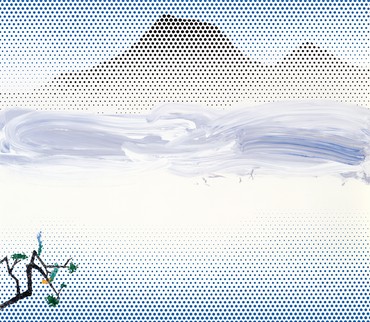About
Gagosian is pleased to present the first exhibition devoted exclusively to the early 1960s black-and-white paintings by Roy Lichtenstein.
A key figure in the Pop art movement, Lichtenstein was inspired by images from comic books, newspaper advertisements, and mail-order catalogues. Printed for mass circulation, these materials used cheap papers and a few standard colors, and relied heavily on hand-drawn black lines that delineated all of the shapes and images.
Lichtenstein was attracted to the look of these printed images because they were as far from “art” as the average person could imagine. On the other hand, their basic hand-drawn line, intending to captivate the eye and whet the desires of the viewer, made them about as archetypal as image making can get.
For this reason, Lichtenstein’s early black-and-white Pop paintings—which he began in 1961 and made simultaneously with the comic-strip paintings—are central to his entire Pop enterprise. The black line defines the forms, as well as the words, of his paintings made from comics. Lichtenstein also recognized that entirely black and white drawings were often used in mass media catalogues and newspapers to sell items like flowering plants and trees, even though their real appeal was their color.
Share
Artist
Download
In Conversation
Irving Blum and Dorothy Lichtenstein
In celebration of the centenary of Roy Lichtenstein’s birth, Irving Blum and Dorothy Lichtenstein sat down to discuss the artist’s life and legacy, and the exhibition Lichtenstein Remembered curated by Blum at Gagosian, New York.
In Conversation
Daniel Belasco and Scott Rothkopf on Roy Lichtenstein
Gagosian and the Art Students League of New York hosted a conversation on Roy Lichtenstein with Daniel Belasco, executive director of the Al Held Foundation, and Scott Rothkopf, senior deputy director and chief curator of the Whitney Museum of American Art, New York. Organized in celebration of the centenary of the artist’s birth and moderated by Alison McDonald, chief creative officer at Gagosian, the discussion highlights multiple perspectives on Lichtenstein’s decades-long career, during which he helped originate the Pop art movement. The talk coincides with Lichtenstein Remembered, curated by Irving Blum and on view at Gagosian, New York, through October 21.
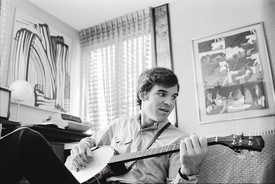
Roy and Irving
Actor and art collector Steve Martin reflects on the friendship and professional partnership between Roy Lichtenstein and art dealer Irving Blum.

Donald Marron
Jacoba Urist profiles the legendary collector.
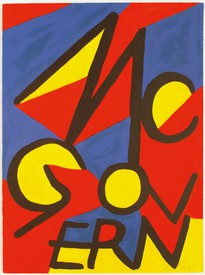
The Art History of Presidential Campaign Posters
Against the backdrop of the 2020 US presidential election, historian Hal Wert takes us through the artistic and political evolution of American campaign posters, from their origin in 1844 to the present. In an interview with Quarterly editor Gillian Jakab, Wert highlights an array of landmark posters and the artists who made them.
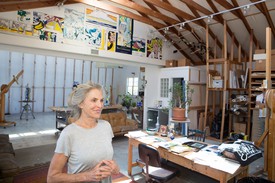
In Conversation
Dorothy Lichtenstein
Dorothy Lichtenstein sits down with Derek Blasberg to discuss the changes underway at the Lichtenstein Foundation, life in the 1960s, and what brought her to—and kept her in—the Hamptons.
